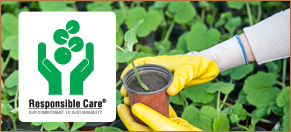


 1. Process Safety Code
1. Process Safety Code
The aim of Process Safety Codeis to supplement existing process safety requirements by specifically addressing process safety concepts such as leadership, accountability, and culture to drive overall process safety performance improvement. The code comprises a series of 20 Management Practices (Code Requirements) and the aim is to measure continuous improvement for each Management Practice.
The process safety Code helps in establishing risk-based awareness of the safety impacts of and due to technology, facilities and personnel. The Code addresses issues across a division or corporation, and includes a company commitment to set process safety expectations, define accountability for process safety performance and allocate adequate resources to achieve performance expectations.
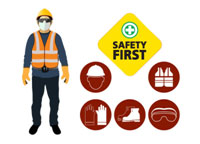 2. Employee Health and Safety Code
2. Employee Health and Safety Code
Employee’s health, safety, and security are a fundamental responsibility of any Responsible Care® Logo holding company. Code requirementsempower employees to step up and take action when they have safety concerns. This enables companies to identify problems before they become worker safety incidents.
17 Management Practices (Code Requirements) of Employee Health and Safety Code enable companies to achieve Zeroaccidents and Zero injuries or harm to human health and the environment.
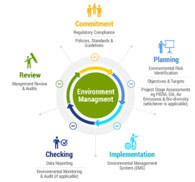 3. Pollution Prevention Code
3. Pollution Prevention Code
This Code is designed to achieve ongoing reductions in the amount of all contaminants, and pollutants released to the air, water and land from Responsible Care company facilities. These reductions are intended to respond to public concerns with the existence of such releases and to further increase the margin of safety for public health and the environment.
8 Management Practices of Pollution Prevention Code help to promote Sustainability initiatives. Sustainability means meeting our own needs without compromising the ability of future generations to meet their own needs.
 4. Emergency Response Code
4. Emergency Response Code
Companies set up and maintain procedures to prepare for and respond to any accidents and emergencies and prevent or mitigate associated impacts. These procedures also consider specific community needs. Responsible Care companies work closely to coordinate their emergency preparedness plans with local, state and national authorities.
The 12 Management Practices of Emergency Response Code guide companies to prepare a set of detailed emergency plans, based on potential risks a facility might face. Such risks may vary from facility to facility, based on its location (i.e., near a flood plain), and the types of chemicals used and produced at the facility.Guidelines also include requirements of testing / practicing the emergency response procedures and train employees about the safety obligations for their specific jobs at the facility.
 5. Distribution Code
5. Distribution Code
The purpose of the Distribution Code is to prevent or mitigate the consequences of incidents during distribution activities to the General public, Environment, Employees customer etc. To handle such emergencies during transportation, an emergency response plan also needs to be put in place.
This requires adequate information regarding the chemicals being transported to be made available to all such agencies that may get involved in such incidents. This will include the emergency responders, local administration, local police, Fire department, logistic service provider, DISH and other agencies. The12 Management Practices of Distribution Code outlines such requirements and helps companies develop procedures for the safe transportation of chemicals.
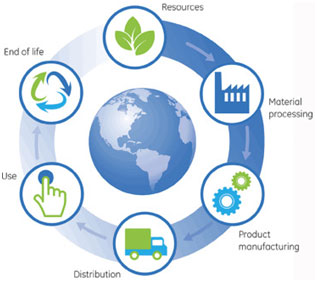 6. Product Safety and Stewardship Code
6. Product Safety and Stewardship Code
This code is a combination of i) Product Safety aim is to exchanging information with parties regarding product hazards, intended uses, handling practices, exposures and risks and ii) Product stewardship aim is the responsibility to understand, manage and communicate the health and environmental impacts of chemical products.
The 10 Management Practices ofProduct Safety and Stewardship code outlines such requirements and the effort begins with a cross-functional team evaluation and prioritization of each product or product group according to the level of risk.
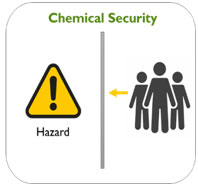 7. Security Code
7. Security Code
The aim of Responsible Care Security Code is to reduce the potential for theft and subsequent misuse, the intentional release of chemicals or sabotage of chemical processes causing a release in fixed facilities.The Security Code enhance site, transportation, and cyber security at the facility.
The 9 Management Practices ofSecurity Code uses a five pillar approach for developing the Security program. The five pillars outlined under the code are i) Chemical Inventory Management, ii) Physical Security, iii) Personnel Management, iv) Transport Security and v) Information Security
